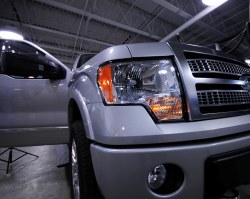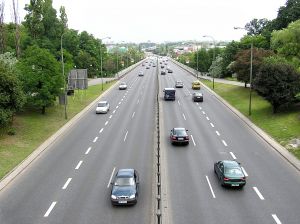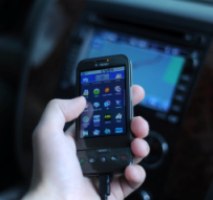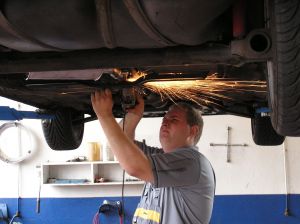Transport in the United States heavily relies on the nation’s highways. Large trucking industries have a significant interest in carrying maximum loads at high speeds. This is a deadly combination for motorists nationwide. Trucks are responsible for thousands of accidents and injury every year. After analyzing these collisions, many safety experts believe that these accidents are preventable through tougher regulations.
Congress has broad authority to regulate the trucking industry. By creating trucking regulations, the federal government has been able to minimize load size, restrict the number of hours a driver can be behind the wheel, and create speed limits for trucks in certain areas throughout the country. Our Boston truck accident attorneys, along with safety experts throughout the nation, are committed to safety on U.S. highways. We are also dedicated to helping accident victims recover the full compensation they deserve after a collision with a tractor-trailer, 18-wheeler or semi-truck.

Trucks on the highway can loom in the rear-view, create blind spots, and become a menace for other drivers. Even if you are in an SUV, you may feel powerless next to a commercial truck. Safety advocates are pressing Congress to take necessary steps to increase safety for drivers, passengers, motorcyclists and all others sharing the road with semi-trucks. In addition to regulating sleep patterns, advocates have also suggested mandatory logging devices to ensure that drivers are not regulating these federal laws.
The Safe Highways and Infrastructure Preservation Act (SHIPA) would place tighter restrictions on the size and weight of trucks. Most Americans agree that trucks are a hazard on the road, especially when traveling at high speeds or when carrying large loads. A recent poll shows that 68% of Americans are opposed to heavier trucks on the highways. In addition, the large majority of tax payers are opposed to being responsible for costs associated with truck accidents.
Many critics of the trucking industry believe that Congress has prioritized big business over highway safety. In effect, America’s consumers are paying for the interests of corporations and the shipping industry with their lives. Failing to reduce weight restrictions means that the trucking industry is winning over the lives of everyday drivers and passengers. Advocates expect that new restrictions will make the highways safer and reduce dangerous conditions caused by heavy weight loads.
For America’s families who have been victimized by deadly truck accidents, Congressional action is urgent. Every year, over 4,000 Americans are killed in trucking accidents. Though some accidents are caused by inclement weather or unforeseen circumstances, there are many ways that accidents are preventable. Reducing weight size is one way to help keep trucks and trucking companies under control.
.
When you or someone you love is involved in a trucking accident, it is important to consult with an experienced and trusted attorney as soon as possible. Truck accident cases are complex and require an immediate investigation to preserve evidence including trucking company records, witness statements, and physical evidence recovered from the wreck. Working with experts can also help determine the cause of the accident and identify those individuals and entities responsible for the crash.
Continue reading
 Boston Car Accident Lawyer Blog
Boston Car Accident Lawyer Blog












